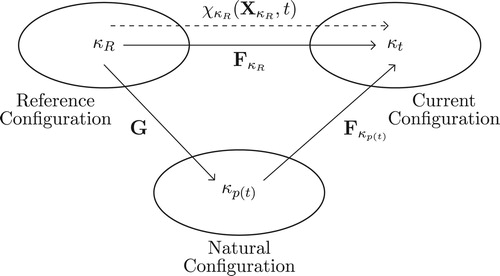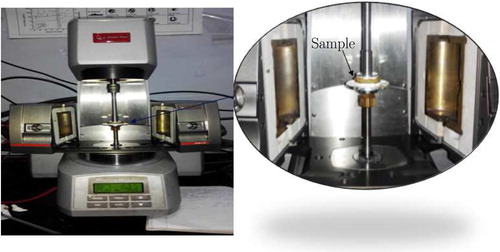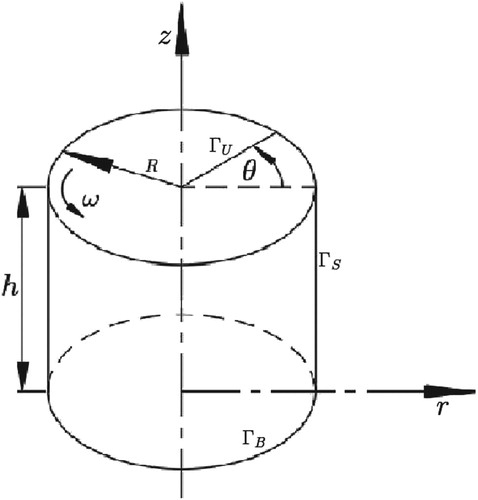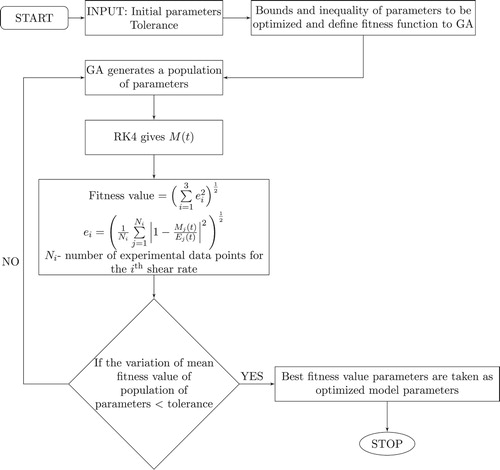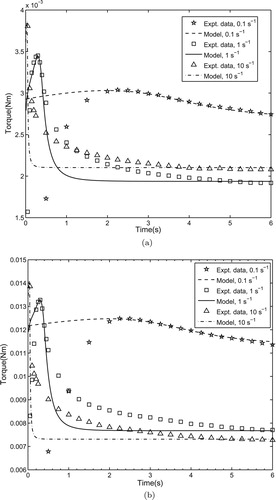Figures & data
Table 1. Shear strength variation with water content in simulative soil samples.
Figure 2. Parallel plate geometry: (a) torsional flow of the sample and (b) enlarged view of parallel plate disc with sandpaper.
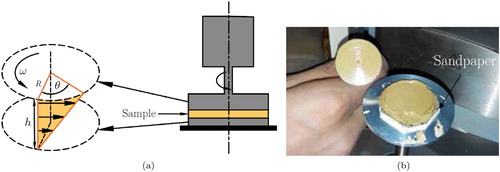
Figure 3. Evolution of torque with time in simulative soil samples at various shear rates: (a) sample with a shear strength of 1 kPa and (b) sample with a shear strength of 3 kPa.
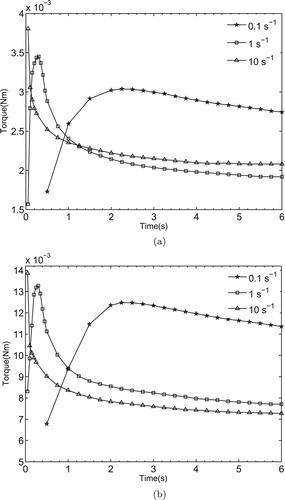
Figure 4. Schematic diagram illustrating the notion of current natural configuration of the material.
